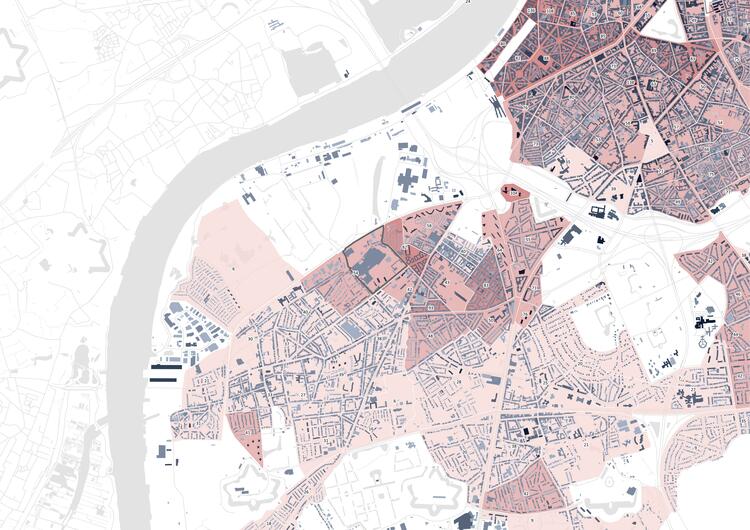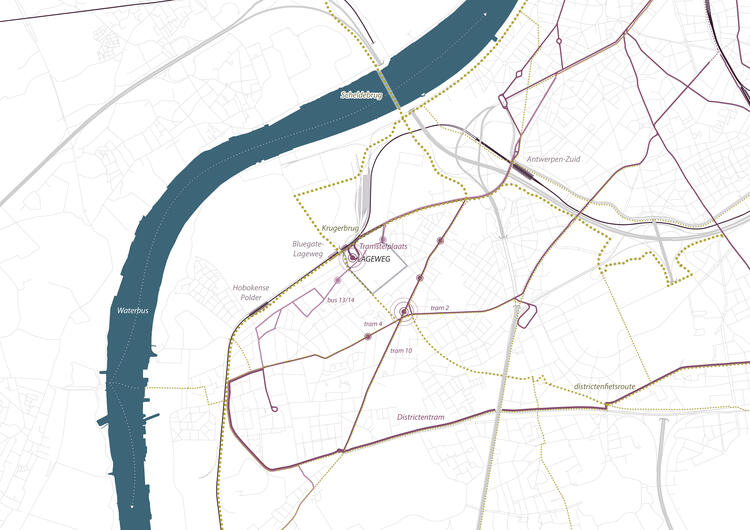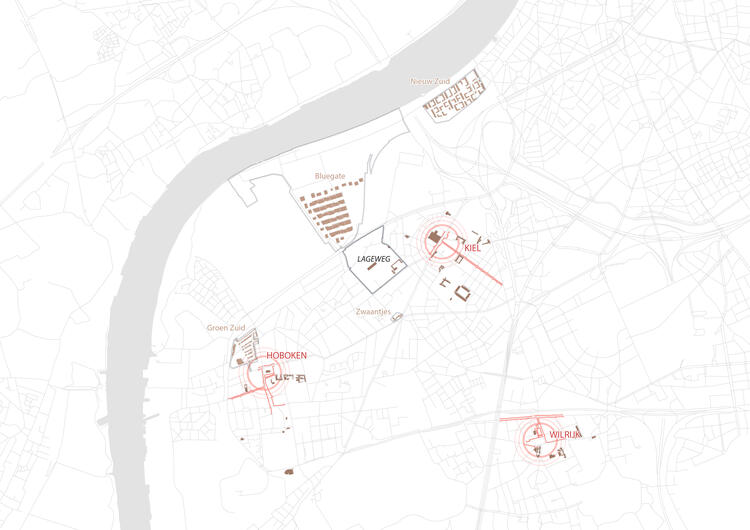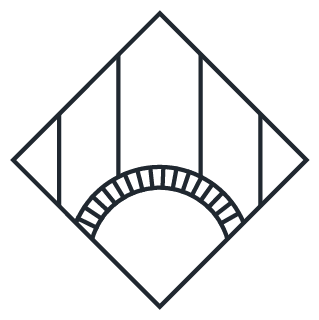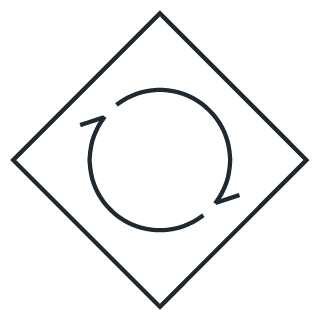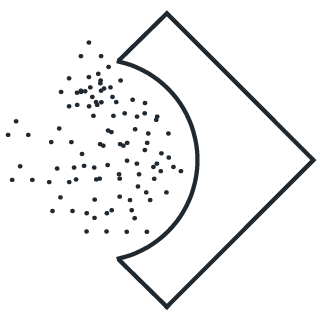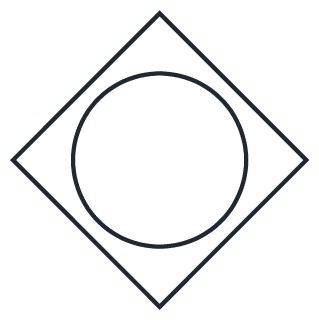Alliance-building propels spatial transformation
A labyrinthine ownership structure adds intrigue to the redevelopment of a large industrial site in Antwerp’s periphery. POLO Urbanism plays a proactive role in eradicating boundaries between plots and between the various stakeholders in a pilot project targeting urban transformation, economical transition and integrated soil remediation. It leads to a spatial framework that is more than the sum of its parts, conceived by a newly formed coalition of designers, developers, land owners and the city of Antwerp.
Since 2012 the Antwerp city services for spatial planning and works have been researching the challenges and possibilities offered by the 20th century belt around the city. It did so through its Labo XX initiative, involving various professionals and academics researching urban renewal.
A sizeable and varied brownfield site in Hoboken has been identified as having major potential to develop meaningful social and economic value for its surroundings. The goal is to realise functional and ecological green space amidst sustainable built tissue accommodating a rich programmatic diversity. New functions focus on the productive economy, building on the existing employment pool and the tradition of small industries and enterprises on the site and in its vicinity.
The site became a “Terug in Omloop” pilot project, putting it on track for a research by design trajectory with a policy-preparing slant. As part of this, a team of urbanists was commissioned in 2018 to research the provision of future public space on the site. Simultaneously POLO Urbanism was invited by one of the stakeholders to reflect on form, function and density of built space on the site. POLO helped establish a meaningful collaboration through qualitative research by design and by challenging the team to work across multiple scales. Together with our colleagues we formed a spatial research and design team that helped all partners to rise above possible divergent interests, leading to the discovery of common ground between all parties involved.
Framing open space with a mixed and dynamic built tissue
Our spatial framework is founded on the basic principle of providing generous public space at the site's centre, a green heart with both an ecological and recreational function. On a metropolitan scale this park structure links the green spaces of Ringpark, Scheldepark and Fortengordel and revives a former north-south waterflow. It also creates convenient soft mobility connections for pedestrians and cyclists on both a macro and meso neighbourhood scale — helping to organically integrate the new development into the urban fabric.
Built tissue activates the edges of the new green figure through a mix of functions in the plinth, ranging from housing to productive economy. Diverse buildings are organised into building blocks which are accessed through the interior of the block and leave the central space car-free. Additional green spaces are located on the roofs of the plinth, providing a level of privacy for local inhabitants and extending the ecological infrastructure vertically.
Higher iconic buildings are carefully positioned within the building blocks to function as spatial markers within the district as well as the city at large. To build further on the industrial identity of the site, multiple blocks organise stacked productive spaces and some industrial buildings are retained to provide a historical identity and reference point.
The area to the north of the Lageweg (along the Krugerbrug) is set to become an important multimodal transport hub with shared mobility infrastructure, a tram and bus terminus and GEN station. Here a large-scale monolithic slab block combines a tram depot with different recreation facilities, public functions as well as housing units on top. At the very edge of this block will stand its most prominent feature: the Krugerbrug tower, a city-wide beacon that overlooks the meeting point between the Hobokense Polder and the mixed-use urban tissue of the 20th century belt.
The nuts and bolts of making change happen
In order to work out all the particularities of this ambitious project, an intense workshop schedule was set up for the whole design team, with monthly reviews by the city administration and the coalition of landowners.
As POLO Urbanism we took a part in building alliances and bringing everyone’s high ambitions in line with a shared future story. The iterative nature of the process entailed calculating different projections for cross-plot dealings so fairness was ensured when simplifying ownership structures. We conducted in-depth research through cartography and data-collection. We brought a level of reality to the project through research by design at different scale levels, trying out different scenarios for the public realm, building typologies and layout options for the car parks, the tram depot and tram terminus.
Both the complex ownership structure and the presence of active companies and schools, remnant industrial infrastructure and residential tissue within the site make a phased execution of the future development a necessity. Quick wins could be realised by temporary infills and activating unused buildings, setting in motion the process of transformation and signalling the impending dynamic to the wider community. The “Blikfabriek” is the shining example of this approach, a vibrant social and creative hub temporarily housed in old industrial infrastructure on the site. Here we also find initiatives around “maker” economy, a component we imagine will play a big role in the future mixed-use urban quarter where living and working will be closely entangled.
The next logical step is to carefully clear parts of the jungle of built matter in order to let the site breathe again. In this way we gradually unlock the central green space that is the foundation for the development, establishing a strong framework. It ensures that a functioning neighbourhood can take root almost immediately — setting in motion a process of giving back to the surrounding community that we envisage to continue for a long time to come.




